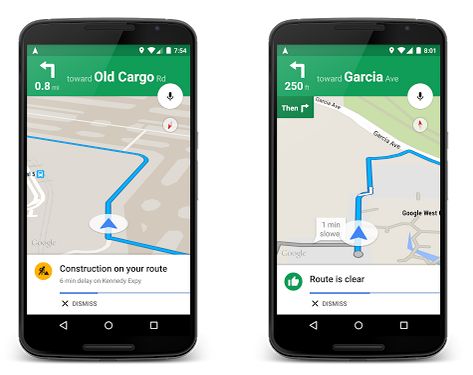Google Maps is rolling out automatic transliteration into 10 Indian languages — users will be able to search for places listed on the service in any of these languages.
In a blog post, the company announced that it will be supporting place name transliteration to 10 prominent Indian languages — Hindi, Bangla, Marathi, Telugu, Tamil, Gujarati, Kannada, Malayalam, Punjabi and Odia. Several million place names will now be accessible to Indian users who don’t speak English, the company announced.
“This will immediately benefit millions of existing Indian users who don’t speak English, enabling them to find doctors, hospitals, grocery stores, banks, bus stops, train stations and other essential services in their own language,” the company said.
Addressing one of Google Maps’ biggest problems in India
So far, when users who don’t read or write English search a place name on Google Maps — in Gujarati, for instance — , they would likely get the result they were looking for only if the name of that place already exists in that language in the database. This is largely because of the paucity of names available in Indian scripts on Google Maps. According to Google’s example, if someone searched for “કેડી હોસ્પિટલ [KD Hospital]” in the Gujarati native script, the “KD” would be interpreted by Google Maps as a word, and not as an acronym. This would result in wrong search results.
“To address this challenge, we have built an ensemble of learned models to transliterate names of Latin script POIs [places of interest] into 10 languages prominent in India,” said the company.
Cibu Johny, software engineer, Google Maps, explained further that the software would be able to understand names according to the context. “Common English words are frequently used in names of places in India, even when written in the native script. How the name is written in these scripts is largely driven by its pronunciation. For example, एनआईटी from the acronym NIT is pronounced ‘en-aye-tee’, not as the English word ‘nit’ […] In the past when Maps could not understand the context of एनआईटी, it would instead show a related entity that might be farther away from the user” he said.
With transliteration, the company claims, the coverage for all languages has increased. The coverage for Kannada and Malayalam has increased by a factor of 24, while Marathi, Bengali, Tamil, Gujarati coverage has increased by 19 times, it said.



















